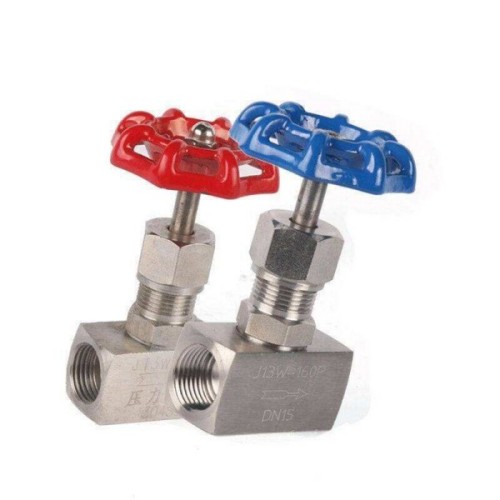14 inch gate valve specifications and applications for industrial use and performance evaluation
Understanding the 14-Inch Gate Valve A Key Component in Fluid Control
When it comes to controlling the flow of fluids in industrial applications, the gate valve is one of the most critical components utilized. Among the different sizes and types, the 14-inch gate valve stands out due to its significant role in various applications ranging from water supply systems to oil and gas industries. In this article, we will explore the features, applications, and benefits of the 14-inch gate valve.
What is a Gate Valve?
A gate valve is a linear-motion valve used to completely stop or allow fluid flow. The mechanism of the gate valve consists of a gate, which moves up and down in the flow direction when the valve handle is turned. This simple construction allows for minimal pressure drop and optimal flow characteristics, making gate valves ideal for high-capacity systems.
Features of the 14-Inch Gate Valve
The 14-inch gate valve is notably designed to handle substantial flow rates. Its size specifically allows it to manage larger volumes of fluid, making it suitable for significant industrial applications. Here are some key features of the 14-inch gate valve
1. Material Construction The construction materials vary based on the specific application and fluid type. Common materials include cast iron, stainless steel, and bronze, each providing different benefits in terms of durability and resistance to corrosion.
2. Design Variations Gate valves can be classified into two primary designs Wedge Gate Valves and Parallel Gate Valves. Wedge gate valves are the most common for general services, while parallel gate valves are used for specific applications requiring more precise flow control.
3. Sealing Mechanism A well-designed gate valve features effective sealing capabilities that prevent leaks. The quality of the seals is crucial, especially in high-pressure applications.
4. Ease of Operation The operation of a 14-inch gate valve is typically simple, using a handwheel or actuator. This ease of use minimizes manual labor and allows for quick valve activation during routine operations.
5. High Flow Capacity With its larger diameter, a 14-inch gate valve can facilitate considerable fluid flow without significant resistance, making it perfect for pressurized water systems, sewage applications, and gas pipelines.
Applications of the 14-Inch Gate Valve
14 inch gate valve

The application of a 14-inch gate valve is widespread due to its robustness and functionality. Some common applications include
- Water Supply Systems Municipalities use gate valves to control the flow of water in treatment facilities and distribution systems, allowing for efficient management of water resources.
- Oil and Gas Industry In exploration and production, 14-inch gate valves are essential for protecting pipelines and managing the flow of oil and gas during various processes
.- Irrigation Systems Agricultural applications benefit from the precise control of water flow, which helps manage irrigation effectively.
- Chemical Processing Gate valves play a vital role in chemical plants, where they regulate the flow of corrosive chemicals under high pressure.
Benefits of Using a 14-Inch Gate Valve
The advantages of incorporating a 14-inch gate valve into fluid handling systems include
- Minimal Flow Restriction These valves provide a clear flow path, resulting in low pressure drops and reduced energy costs.
- Durability and Reliability Built with robust materials, they can withstand harsh conditions and provide a long service life.
- Cost-Effectiveness While the initial investment in a high-quality 14-inch gate valve may be substantial, the long-term savings from operational efficiency and reduced maintenance make it an economical choice.
Conclusion
In conclusion, the 14-inch gate valve is an essential element in fluid control across various industries. Its design ensures efficient operation while minimizing flow restrictions, making it a preferred choice for many applications. As industries continue to evolve and expand, the relevance of reliable components like the gate valve remains undiminished. Understanding its features, applications, and benefits can help industries optimize their operations and ensure the safe management of fluid systems.
-
The Key to Fluid Control: Exploring the Advantages of Ball Valves in Industrial SystemsNewsJul.09,2025
-
The Versatile World of 1, 2, and 3 Piece Ball ValvesNewsJul.09,2025
-
Stainless Steel Ball Valves: The Ideal Choice for Efficient Flow ControlNewsJul.09,2025
-
Optimizing Fluid Control with Ball Float ValvesNewsJul.09,2025
-
Manual Gate Valves: Essential for Control and EfficiencyNewsJul.09,2025
-
Everything You Need to Know About Butterfly ValvesNewsJul.09,2025
-
The Versatility of Wafer Type Butterfly ValvesNewsJul.08,2025




